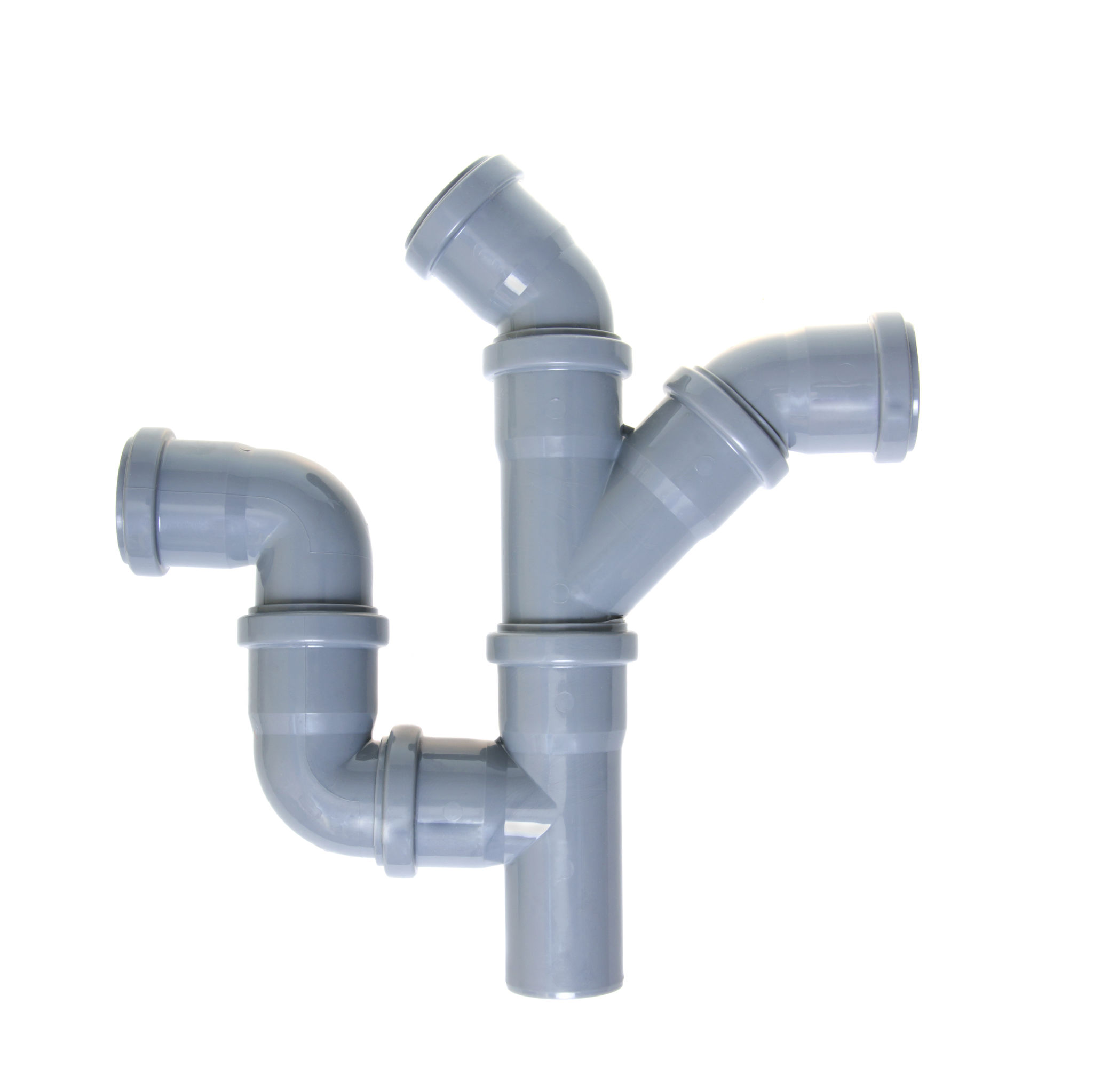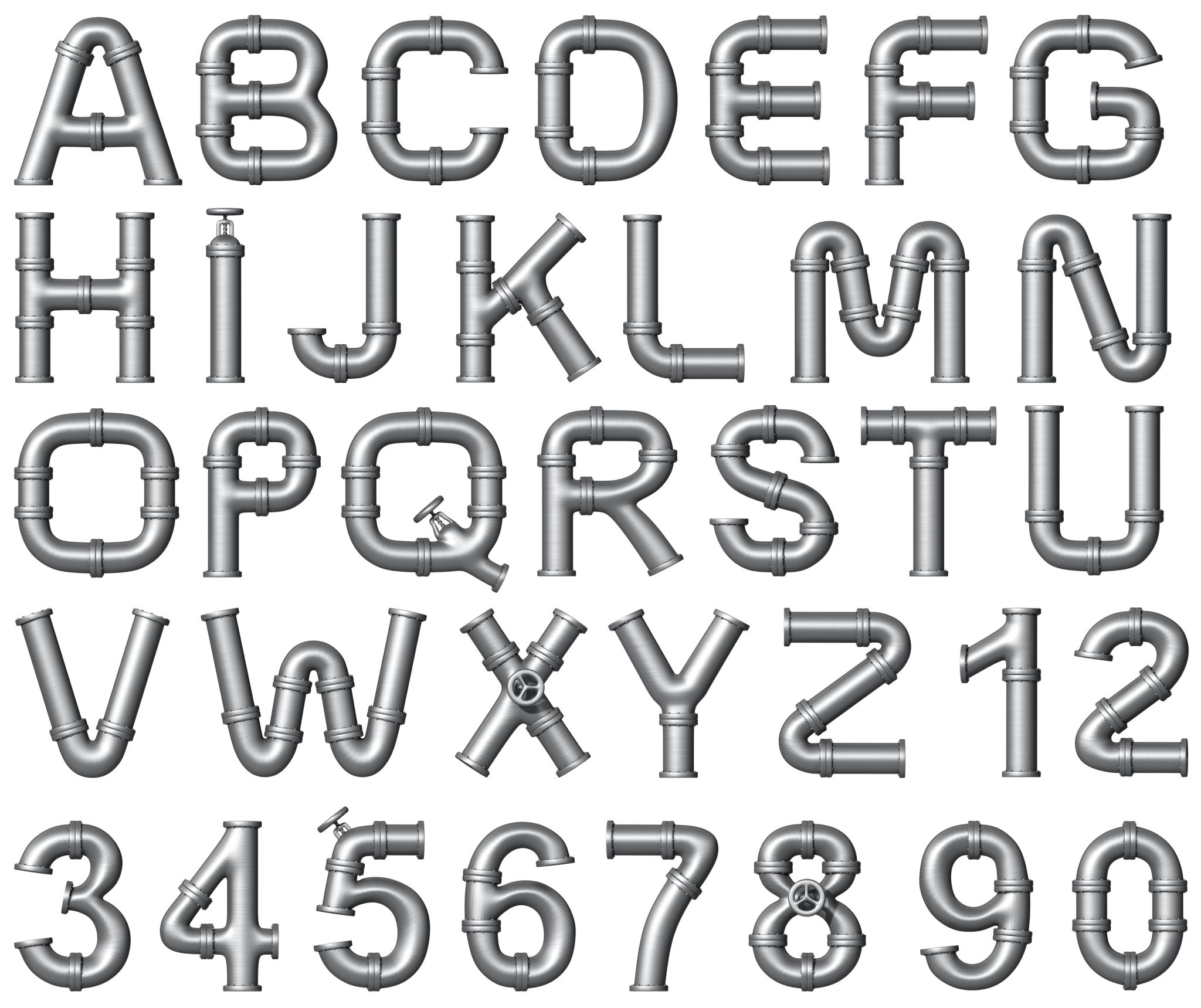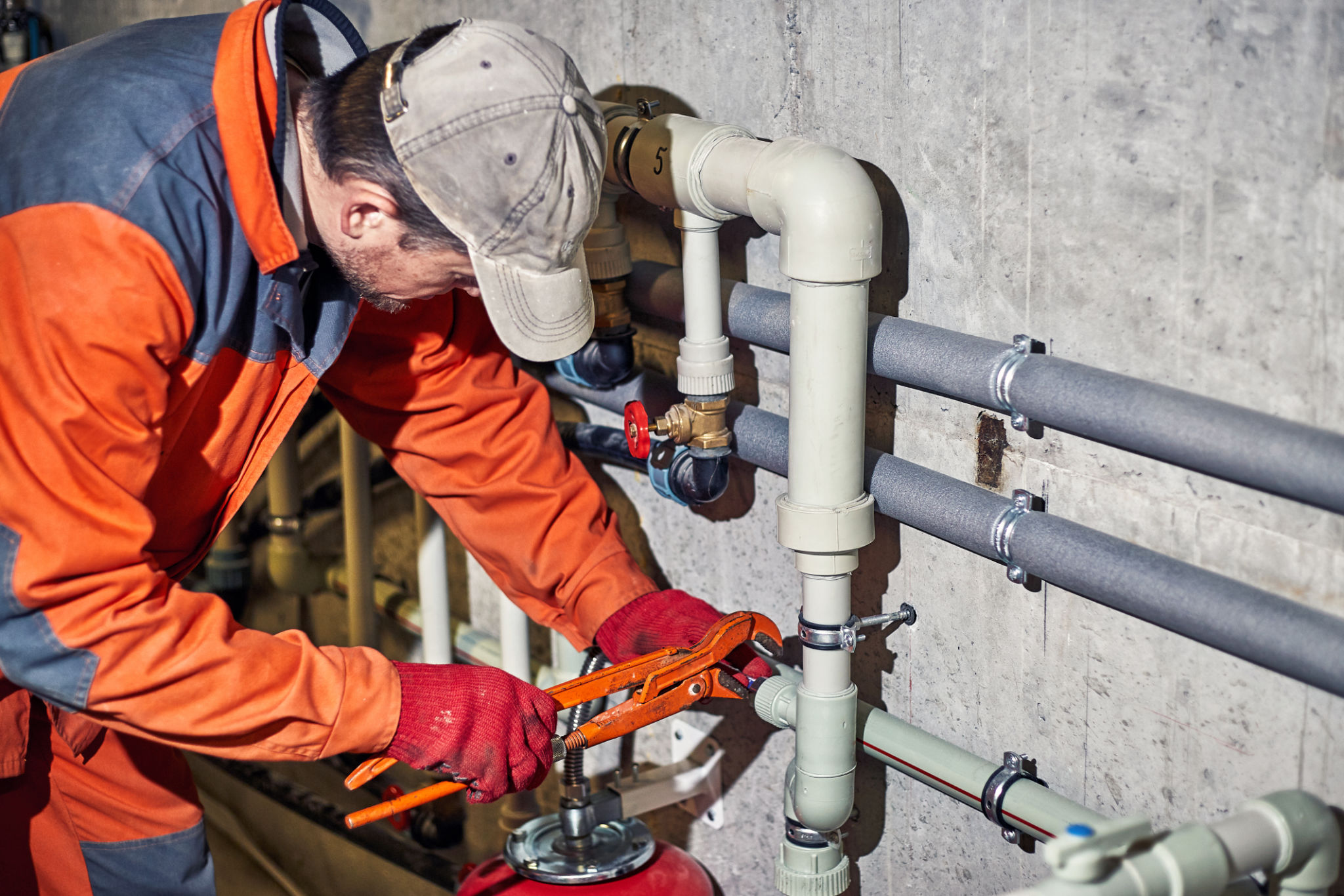A Comprehensive Guide to Selecting the Right Plastic Pipe for Your Needs
Understanding Your Needs
When it comes to selecting the right plastic pipe for your project, the first step is understanding your specific requirements. Consider factors such as the type of fluid being transported, temperature, pressure, and the environment in which the pipe will be installed. These elements will significantly influence the type of plastic pipe suitable for your needs.
For example, if you’re dealing with high-pressure applications or corrosive substances, you might need a pipe with higher durability and chemical resistance. On the other hand, for basic water supply needs, a standard PVC pipe could suffice.

Types of Plastic Pipes
There are various types of plastic pipes available in the market. Each type offers distinct advantages and is suited to specific applications. Here's a brief overview:
- PVC (Polyvinyl Chloride): Known for its durability and resistance to corrosion, PVC is commonly used in plumbing and drainage systems.
- CPVC (Chlorinated Polyvinyl Chloride): Similar to PVC but with additional chlorine, making it suitable for higher temperature applications.
- PEX (Cross-linked Polyethylene): Flexible and easy to install, PEX is often used in residential water supply systems.
- HDPE (High-Density Polyethylene): Known for its high strength-to-density ratio, HDPE is used in industrial applications.

Evaluating Performance Characteristics
Performance characteristics such as thermal conductivity, flexibility, and tensile strength are critical when choosing a plastic pipe. For instance, in environments where temperature fluctuations are a concern, selecting a pipe with appropriate thermal expansion properties is crucial.
Additionally, consider the flexibility of the pipe. In some applications, a flexible pipe may be necessary to accommodate changes in direction or to fit into tight spaces without requiring numerous fittings.

Considering Installation and Maintenance
The ease of installation and future maintenance should also be considered when selecting a plastic pipe. Pipes that are easier to install can reduce labor costs and time. For instance, PEX pipes are known for their ease of installation due to their flexibility and fewer connections required.
Maintenance is another important factor. Some pipes may require regular checks and maintenance to ensure longevity, while others may offer a low-maintenance solution suitable for hard-to-reach areas.
Budget Considerations
Your budget will inevitably play a role in your decision-making process. While it might be tempting to choose the cheapest option available, it's important to consider the long-term costs associated with maintenance and potential replacements.
Investing in a higher-quality pipe might result in cost savings over time due to reduced maintenance needs and a longer lifespan. Therefore, weigh your options carefully and consider both the upfront costs and potential future expenses.

Environmental Impact
The environmental impact of plastic pipes is becoming increasingly important. Opt for pipes made from recyclable materials or those that have a longer lifespan to reduce waste. Additionally, consider the energy consumption involved in the production and transportation of the pipes.
Some modern plastic pipes are designed with sustainability in mind, offering an eco-friendly alternative without compromising on performance or durability.
Conclusion
Selecting the right plastic pipe involves careful consideration of various factors including application requirements, performance characteristics, installation ease, budget, and environmental impact. By thoroughly evaluating your needs and understanding the different types of plastic pipes available, you can make an informed decision that ensures long-term efficiency and effectiveness for your project.
